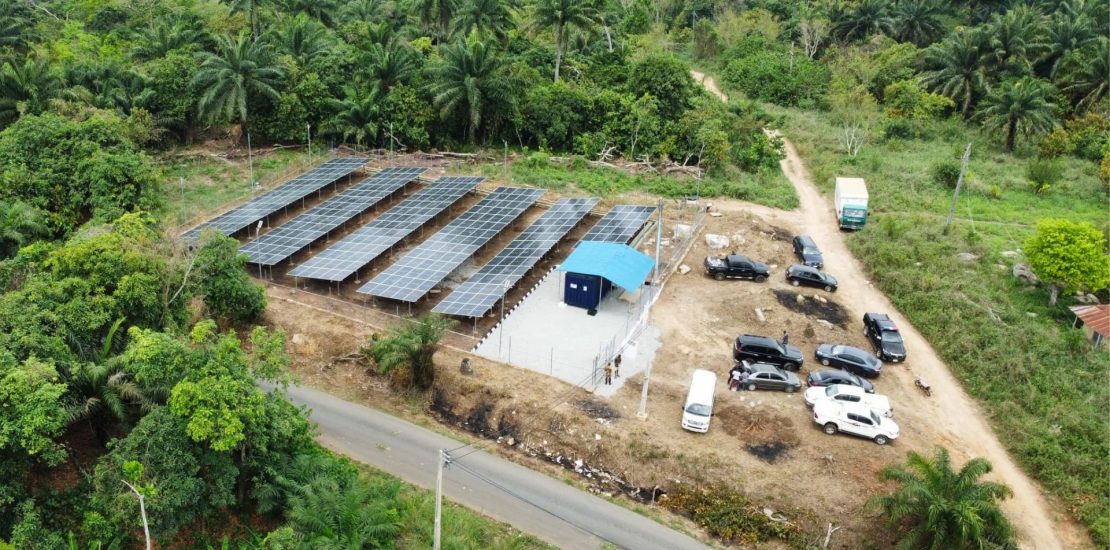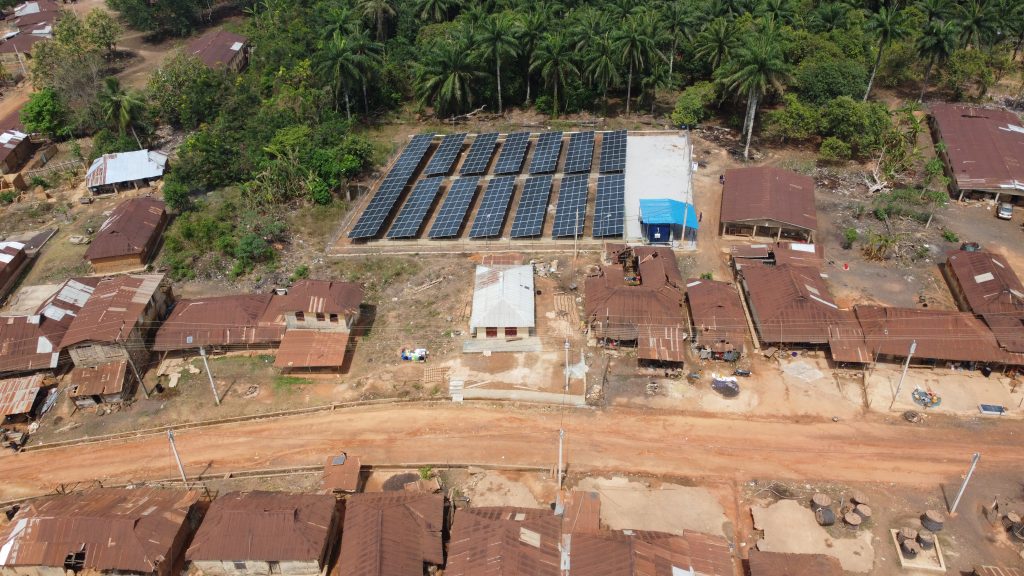- September 19, 2025
- Posted by: Havenhill
- Category: Blog

Mini-grids are a proven solution for powering rural and underserved communities. But not every community is equally suitable for deployment. Technical assessments are critical to ensure that the system is viable, efficient, and sustainable.
Here are seven key checks to consider before selecting a community for mini-grid installation.
1. Solar Resource Availability
A solar mini-grid is only as good as its sunlight. Accurate solar irradiation data helps developers size systems correctly and plan for seasonal changes. Sites with poor or highly seasonal sunlight may need hybrid solutions with backup generation.
2. Land Availability and Suitability
Projects, including mini-grids, need safe, accessible land for solar panels, batteries, and distribution infrastructure. Early checks on ownership, topography, and potential disputes prevent costly delays later.
READ ALSO: 10 Safety Tips Every Engineer Should Follow When Working on a Solar Project
3. Network design
Electricity distribution is more efficient when the mini-grid is located close to where people live and work. Communities where houses and businesses are clustered (not scattered) reduce wiring costs and technical losses.

4. Economic Viability of Project
Household lighting alone cannot sustain a mini-grid. Developers should assess the economic viability of the project by looking for signs of productive use within the community. Active businesses, agro-processing mills, schools, health centres, and other institutions create steady, higher-value electricity demand. These productive loads not only improve community development but also ensure that the mini-grid generates sufficient revenue for long-term sustainability.
5. Regulatory and Policy Framework
Communities near planned grid extensions face the risk of future encroachment. Developers should review electrification master plans, local policies, and engagement with relevant agencies to avoid stranded assets, losses etc.
6. Accessibility for Construction and Maintenance
Accessibility is critical: poor road networks drive up construction costs and make maintenance difficult. The ease of access directly impacts both installation and long-term operations.
7. Security of Infrastructure
Mini-grids involve expensive equipment. Assessing the risk of theft, vandalism, or conflict in the area is important. Strong community ownership often complements technical safeguards.
Technical feasibility is the backbone of mini-grid deployment. By considering solar resources, land use, load potential, and security, developers ensure that each project delivers reliable, cost-effective electricity for years to come.
At Havenhill Synergy, we combine technical excellence with community engagement to deliver mini-grids that not only work but also last.
Subscribe to our newsletter for expert insights, stories from the field, and career tips for energy professionals.
